Stagnation in tourism real estate festers
According to Vo Hong Thang, investment director at DKRA Group, the primary supply of the resort villa segment in the second quarter recorded almost 2,200 units from 60 projects, a decrease of 5 per cent over the same period last year. The central and southern regions continue to lead the total market supply, accounting for more than 80 per cent.
“Overall market demand remains relatively low with only more than 50 units sold, down 69 per cent over the same period. This is the lowest index in the past decade. Most transactions are concentrated in projects with selling prices below $416,000 per unit, with complete legal requirements and guaranteed construction progress.
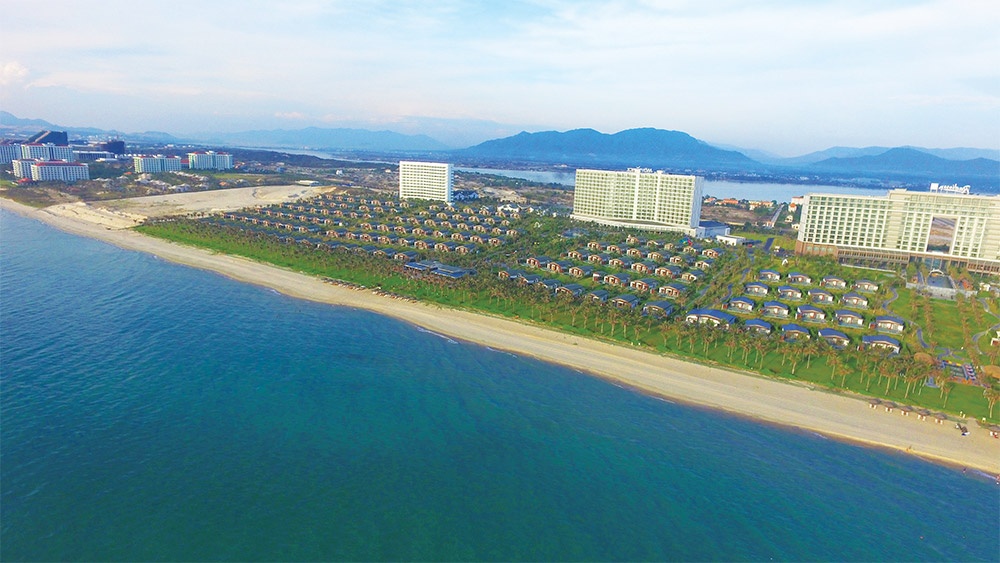 |
| The central and southern regions continue to lead the total market supply of the resort villa segment in Q2 |
The primary selling price levels remain unchanged to the previous quarter, but the secondary market recorded an average decrease of 15-20 per cent. Especially, some projects are dropping prices by up to 40 per cent but cannot be sold.
In the resort townhouse and shophouse segment, more than 3,000 units were offered in the second quarter from 32 projects.
More than 95 per cent of primary supply comes from inventory of old projects, and the market has not yet escaped the gloomy situation, even though the tourism industry has built back to pre-2020 levels. The central region leads the supply ratio with 63 per cent, followed by the south with 33 per cent. The rest are in the northern and Central Highlands regions.
Overall market demand decreased by about 60 per cent over the same period, with only 20 units sold. Transactions focus on products with selling prices ranging $315,000-390,000 per unit.
“This segment continues to face many difficulties in liquidity and the ability to increase prices when investor confidence as well as the recovery of the townhouse/resort shophouse segment is still very low,” said Thang of DKRA.
For the condotel segment, more than 7,000 units were launched to the market in the second quarter, an increase of half over the same period in 2023. Most of this comes from inventory of old projects (accounting for more than two-thirds). In addition, new supply also recorded significant growth, more than 25 times over the same period, but only concentrated locally in one new project in the south-central province of Khanh Hoa with more than 2,000 units sold.
Meanwhile, most old projects have slow sales or have not recorded any transactions at all.
“Market liquidity is still quite low, and transactions focus mainly on large-scale projects. The primary price level has not changed compared to the same period in 2023 and remains anchored at a high level due to high input costs,” Thang said. “Legal issues, exploitation efficiency, weak investor confidence are still barriers that prevent the market from recovering in the short term.”
In the third quarter, DKRA forecasts that condotel supply will decrease compared to the second quarter with 400-500 units to be launched to the market, mainly distributed in Danang, Khanh Hoa, and Quang Ninh localities. Meanwhile, the supply of resort villas is equivalent to the second quarter, fluctuating from 100-150 units, concentrated mainly in the northern province of Hoa Binh.
A modest 80-100 units of resort townhouses and shophouses will enter the market, mainly concentrated in the southern province of Kien Giang.
The slow recovery of resort real estate this year is something experts have been concerned about before.
Mauro Gasparotti, director of Savills Hotels, warned that some coastal markets in Vietnam are facing the risk of oversupply of resort products due to rapid development over the past years. “In addition, the oversupply situation at some destinations in the context of the slow recovery of the main international tourist market sources such as China and Russia increases the pressure on the process of restoring business activities of the Vietnam’s resort industry,” Gasparotti said.
Before the 2020 pandemic, Vietnam recorded numerous condotels for sale, with an estimated average of 12,000 products on sale each year. In addition to the large supply, many products launched during that period competed for profit commitments with attractive rates, without thorough consideration of overall operating results.
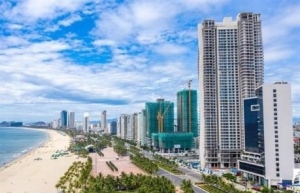 | Tourism real estate properties remain in legal limbo Experts have called for clarifying the legal status of tourism real estate properties such as condotels, tourism villas and shophouses to safeguard stakeholders’ benefits, helping revive the tourism sector. |
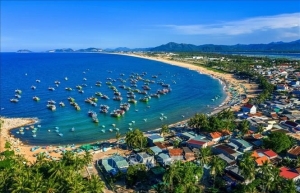 | Tourism real estate groups seeking pastures new The tourism real estate sector is looking to emerge from the recent downturn by finding fresh funding sources. |
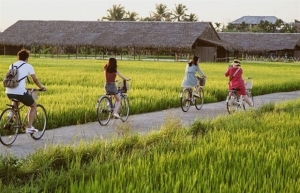 | Vietnam needs new regulations to develop agri-tourism real estate: experts Vietnam needs to issue regulations and an overall strategy for developing the agri-tourism real estate market, according to experts. |
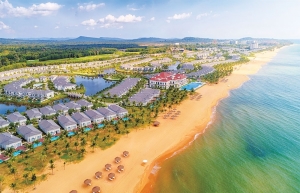 | Falloff persists for real estate in tourism Tourism real estate is still attempting to get on the front foot amid reduced selling prices and slow liquidity. |
What the stars mean:
★ Poor ★ ★ Promising ★★★ Good ★★★★ Very good ★★★★★ Exceptional
Related Contents
Latest News
More News
- Sun Group breaks ground on $2 billion Van Don casino complex (December 19, 2025 | 18:14)
- Rare, beautiful, sustainable: the mark of iconic real estate (December 19, 2025 | 08:00)
- Owner-occupied housing stabilises, paving the way for new growth cycle (December 18, 2025 | 17:04)
- Unlocking urban potential of smart cities (December 18, 2025 | 16:50)
- Green finance offers 'passport' for Vietnamese construction, building materials firms (December 15, 2025 | 08:00)
- Gamuda Land commit long-term investment (December 12, 2025 | 11:49)
- HITC ties up with Evolution to develop AI and hyperscale data centres in Vietnam (December 11, 2025 | 12:09)
- Real estate deals boom via high-profile names (December 08, 2025 | 11:32)
- Industrial segment shaped by M&As (December 08, 2025 | 08:00)
- The Privé sets the benchmark for luxury real estate (December 05, 2025 | 08:28)

 Tag:
Tag:




















 Mobile Version
Mobile Version